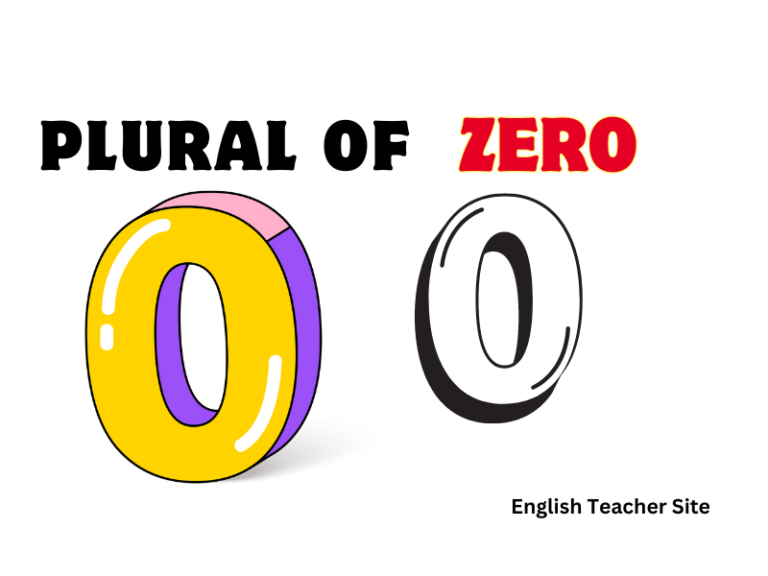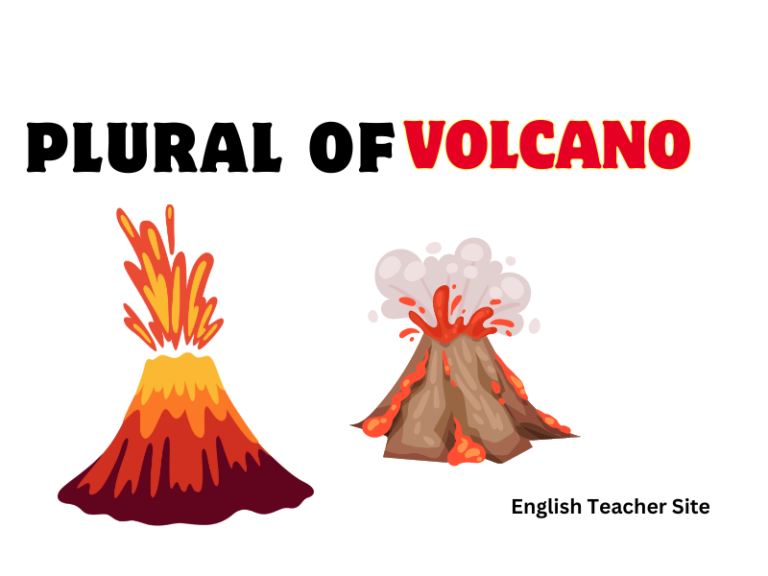What’s the Plural of Zero: Explaining Number Terms
The history of the word “zero” itself is rich, reflecting a journey from ancient civilizations to the present, emphasizing its foundational role in mathematics and language. When determining whether the term should be treated as singular or plural, one must consider the subject’s role in the sentence. For practical applications, such as when dealing with…










